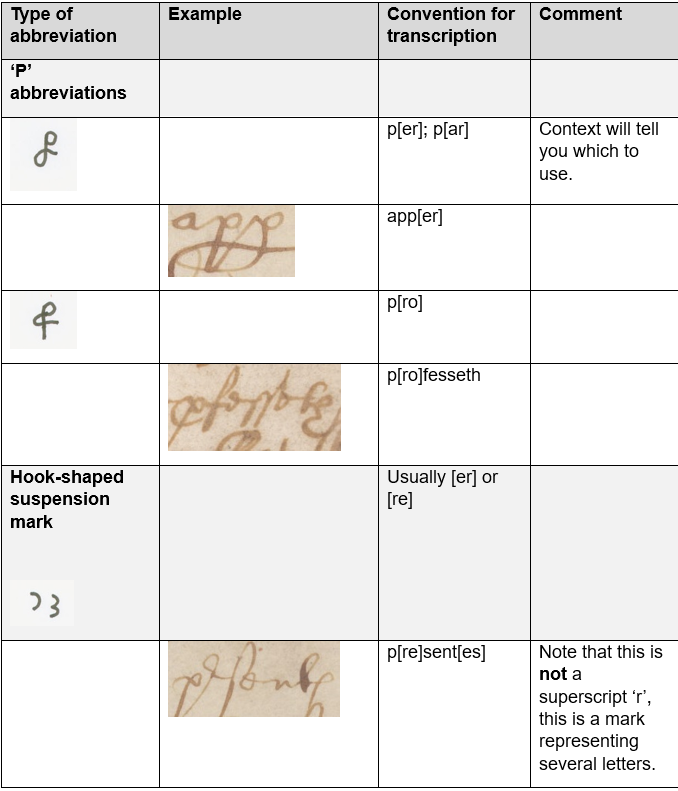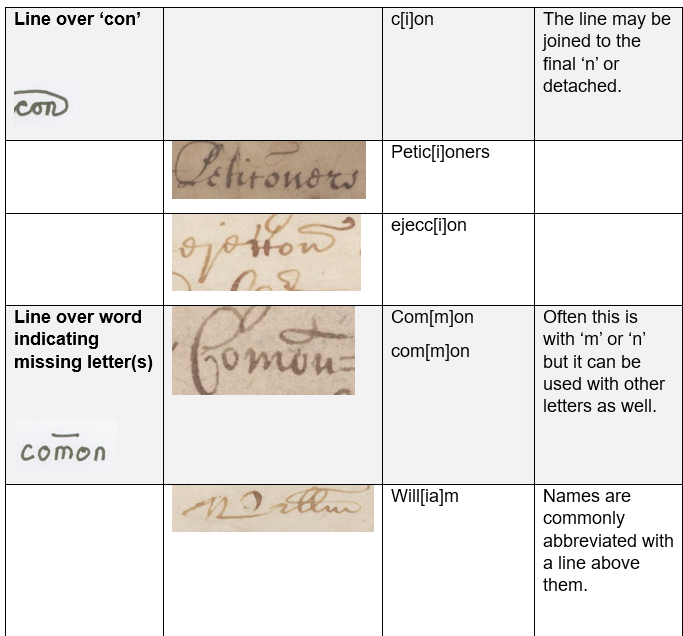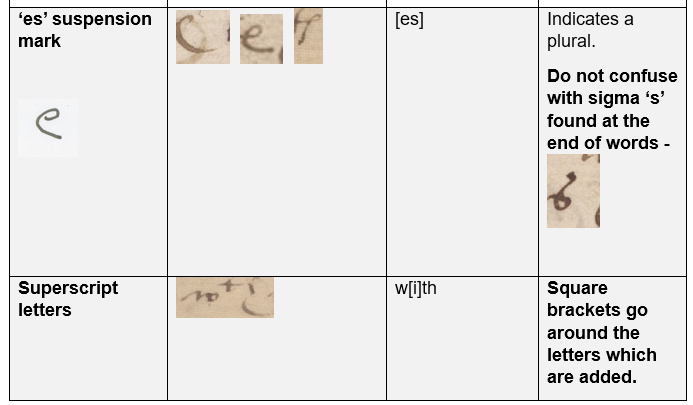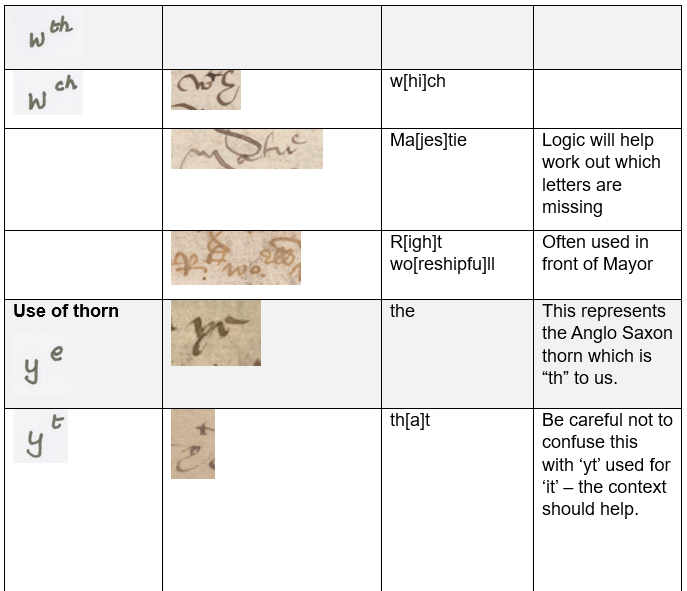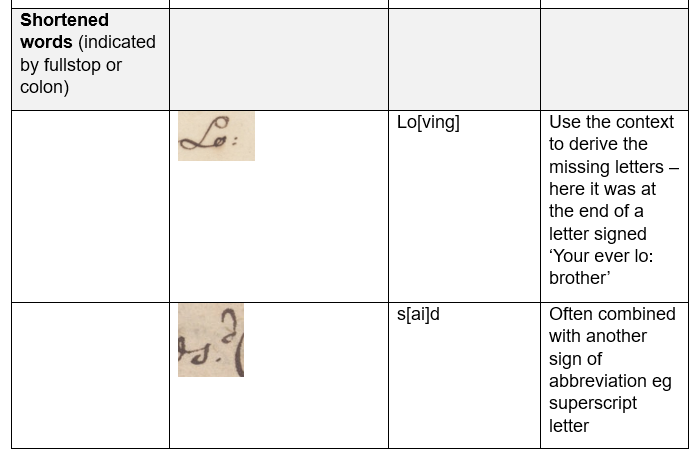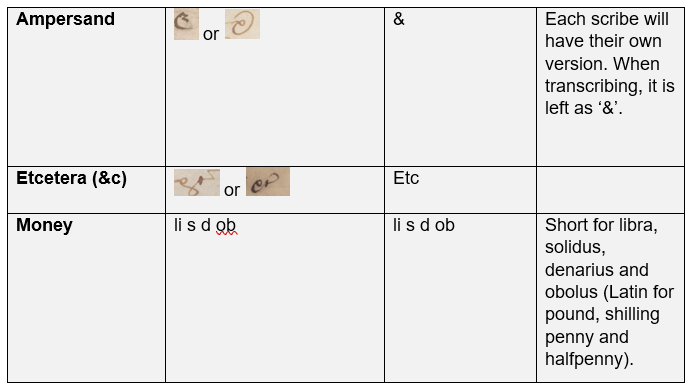Everyday Life in a Northumbrian Manor
All Manor of Things: An introduction to manors and their documents
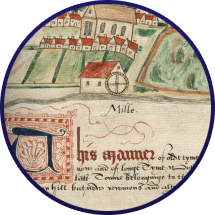
Tips for reading the documents
Reading old documents can be challenging as the style of handwriting is unfamiliar and can look like another language! Often, at first glance you will look at a document and say – “I can’t read that”. However, here are some tips which may help you read it and find out what you need to know:
- Do not have any preconceptions or guess what a word might be. To start with, try and read each letter individually. This will help you recognise the style of letter forms used by the writer.
- Remember that just as today, everyone had their own individual style of handwriting – no two people write the same way. This means that although alphabets have been published for different styles of handwriting, they can only act as a guide because every writer develops their own flourishes and variations on letter forms.
- Therefore, use the document you are reading as the tool to work out letter forms. If you are finding it difficult to work out a letter, try and find another example in a word that you have worked out. Comparison is the key.
- Spelling in the past was phonetical and not standardised. Don’t expect it to be the same as today. The same word can be spelt in many ways, even within one document! This can lead to confusion and false assumptions, particularly in relation to family history and the spelling of surnames. If in doubt, try and say the word, preferably with the accent of the writer. This might sound odd but it does work!
- If you get stuck reading a letter, try to follow its outline on a screen or a printed copy (not the original!). Sometimes that can help work out what it is.
- If you are having difficulty reading a particular word, there are two ways of tackling it.
- Divide down the word into its individual letter forms and write them down one by one leaving blanks for the ones you can’t read – Co-p—ins. It sometimes helps if you block out all the other letters so that you can only see one letter at a time.
- Alternatively, continue reading the document and come back to it again at the end. Having read and hopefully(!) understood the rest of the document, it may now be easier to work out.
- If neither of these two methods work, do not look at the document for a couple of hours, do something else and then go back to it again. You may then be able to read what you struggled with before! Alternatively, ask someone else and they might get it straight away!
- Basically, find a way which works best for you which is probably a mixture of all of these.
Sometimes documents contain words which have been contracted or contain abbreviations. The table below will take you through some of these you may come across when reading manorial documents. The third column shows how we write this in our transcripts, which will be useful for anyone using those available on our website.
Common abbreviations used in documents and how to interpret and transcribe them
Italic and Secretary Hand
There are two forms of handwriting that you are most likely to find in 16th to 19th century manorial documents, these are called ‘italic’ and ‘secretary hand’.
Italic handwriting was commonly used in English documents during the 17th and 18th centuries, though it was in existence from the 16th century. This style of handwriting is very similar to modern handwriting. Look at the example below: Example of italic handwriting from Hexham Manor borough book, 1799.
Example of italic handwriting from Hexham Manor borough book, 1799.
Secretary hand was common in English documents from the late 15th century to the mid-17th century. It was popular with secretaries and scribes because it could be written and read quickly. This is why it is called secretary hand. Secretary hand remained popular into the 17th century, but the quality of the writing got worse and became difficult to read. Italic handwriting then became more popular because it was easier to read and write.
Many documents written in the 17th and even early 18th century will contain both italic and secretary letter forms, often called a hybrid script.
See the example below which is an extract from a 1704 Tweedmouth manor court book.
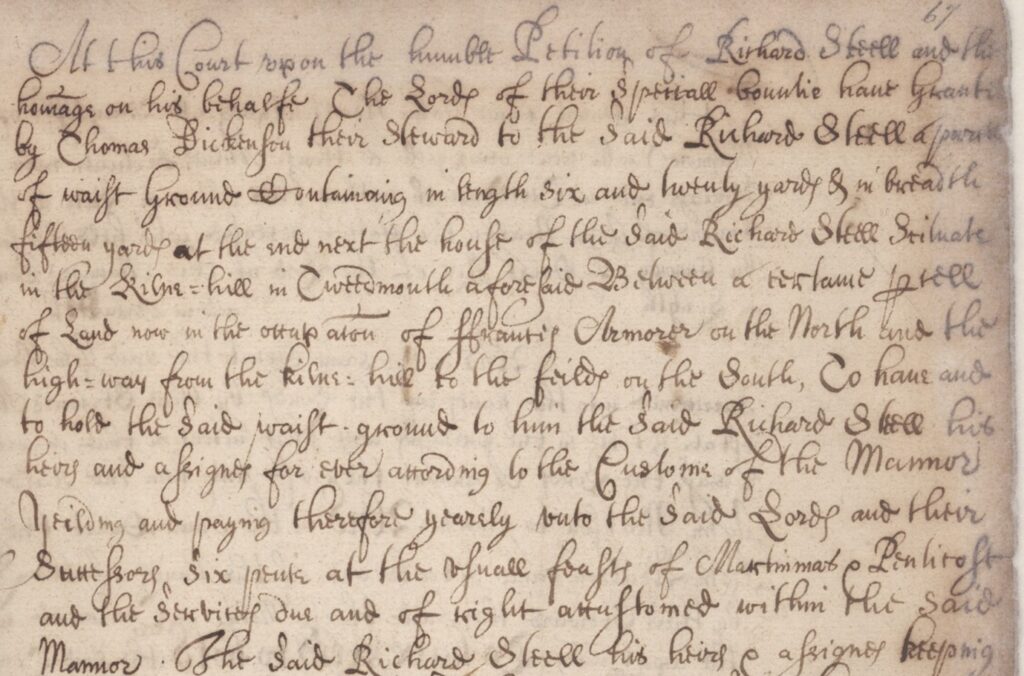 An example of secretary hand from Tweedmouth manor court book, 1704.
An example of secretary hand from Tweedmouth manor court book, 1704.
This style of handwriting may look very daunting at first, but you can learn to read it! By the end of this resource, you will find yourself recognising many of these letter forms and starting to feel a bit more confident in reading them.
In the next section Court Rolls and Court Books, we will look at some manorial documents, starting with an example in italic handwriting, which is easier to read, and then moving to an earlier example with some secretary hand letter forms.
Decoding Manuscripts
For more guidance on reading handwritten documents please see our Decoding Manuscripts module. This includes a downloadable handy hints guide for reading and transcribing old documents, and several examples of documents to practice with.



